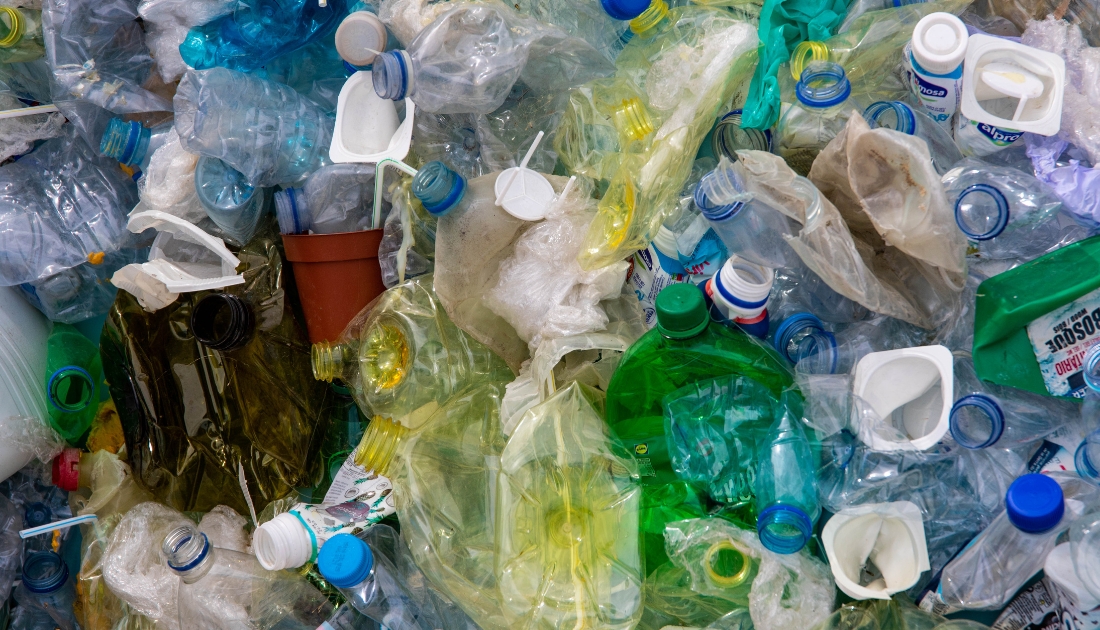On Wednesday, the Environmental Protection Agency EPA has announced the first ever national rule on the presence of “forever chemicals” in drinking water.
According to the Environmental Protection Agency (EPA), the new standard sets limits on six of the most commonly found chemicals in drinking water, known as per-and polyfluoroalkyl substances (PFAS). The EPA estimates that the new standard will protect an estimated 100 million people.
PFAS, are synthetic chemicals that are naturally occurring in the environment. They can be found in the air, in water, and in soil, and can last thousands of years before they are broken down. Studies have shown that exposure to specific levels of these chemicals in the environment can lead to reproductive problems, developmental delays in children, low birth weight, a weakened immune system, elevated cholesterol levels, cardiovascular problems, and some types of cancer.
While the Environmental Protection Agency (EPA) has said there is no “safe level” of exposure to PFOA chemicals without a risk of health effects, the EPA will now require public water utilities to test for six distinct types of PFOA chemicals in order to reduce the amount of PFOA in the drinking water. The new EPA standards will reduce the exposure of 100 million people to PFOA, while preventing thousands of premature deaths and illnesses, the EPA said.
The Environmental Protection Agency (EPA) estimates that between 6% and 10% of all public water utility systems affected by the standard will need to take action. Operators will be given three years to conduct PFAS testing, followed by two more years to identify, buy and install the technology needed to treat polluted water.
The Environmental Protection Agency (EPA) estimates that the cost of treating all of this water and protecting human health will be around one and a half billion dollars, according to Erik D. Olson, Senior Strategic Director of Health for Natural Resources Defense Council.
Despite the fact that the risks of PFAS have been known for a number of years, it has taken a considerable amount of time for the federal government to regulate them.
The chemical industry and, to a lesser extent, some water utilities are opposed to EPA regulating these chemicals because they understand that once EPA does crack down on these chemicals, it will cost them millions of dollars, and they don’t want to spend that kind of money,” Olson said.
You can find out how your water utility is testing for PFAS in your drinking water by asking them how they test for them, or you can have your drinking water tested by an EPA-certified lab. There are several technologies you can buy to filter PFAs from your home’s water supply. As for PFAS in other common products, you can find several running lists of companies that have banned them from their products.






